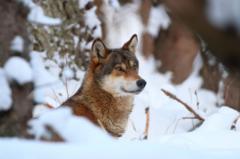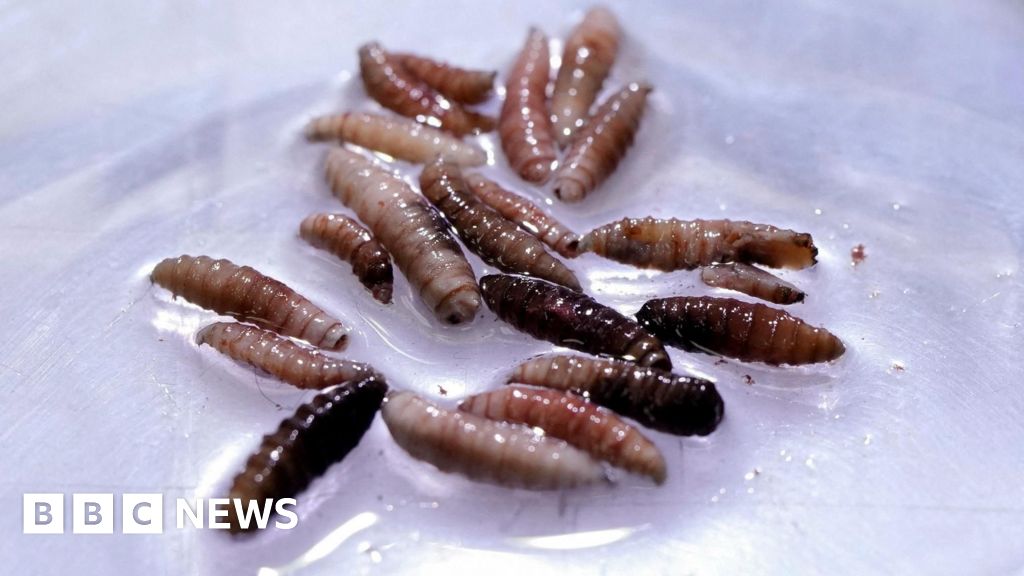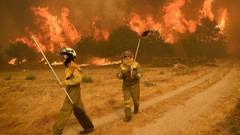In the picturesque Carpathian mountains of Romania, the village of Sansimion is entwined with traditions of shepherding. Here, shepherd József Rácz, alongside his sons, tends to a flock of 500 ewes high on the rugged pastures. The arrival of winter brings not just the first snow but also heightened anxiety; each year, the shepherd suffers a loss of five to six sheep to wolves or bears. His solution? A pack of 17 dogs that serve as guardians against the predators.
This week may mark a pivotal moment for wolves in Europe, as the European Commission is poised to unveil a proposal that could strip away 45 years of strict protections. The recommendation seeks to shift wolves from Annex II, which grants them strict protection under the Bern Convention, to Annex III, allowing for regulated hunting. Should the proposal pass, EU member states would be empowered to establish annual culling quotas.
Proponents of the change argue that the European wolf population has surged from 11,000 in 2012 to over 20,000 today, resulting in increased livestock losses. However, wildlife advocates vehemently oppose the plan, suggesting that education on protective methods, such as the introduction of trained sheepdogs, could safeguard livestock without harming wolf populations. They emphasize wolves' role in managing populations of deer and wild boar, which can wreak havoc on forests and agricultural crops, and in controlling zoonotic diseases by scavenging on sick animals.
At a recent wildlife expert gathering in Baile Tusnad, near Rácz's village, the majority of attendees voiced resistance to the culling of wolves and bears. Biologist Michal Haring pointed out that wolves play a crucial role as natural disease controllers amidst growing concerns over outbreaks like African swine fever. He illustrated that when packs are disrupted by hunting, their effectiveness in hunting prey diminishes, potentially leading to increased livestock attacks.
Statistics from a 2023 EU report indicate that wolf predation accounts for the loss of approximately only 0.065% of the total sheep and goat population in Europe, with no recorded fatalities from wolf attacks in the last four decades. Laurent Schley, the head of the Wildlife Department in Luxembourg, made an impassioned comparison, arguing that affluent European nations should be held to the same standards as countries like India in conservation efforts.
Despite this, Rácz remains wary. To him, the cleverness of wolves poses a genuine threat. He contends that wolves can decimate entire flocks within moments, unlike bears that typically prey on one sheep at a time. Tragic incidents, like the daylight killing of his cherished dog Moody by wolves last year, fuel his demands for stricter legal measures against predators.
The debate around the European wolf's future highlights a broader conflict between conservation efforts and the realities of livestock farming, raising questions about how best to balance wildlife protection with agricultural interests.



















